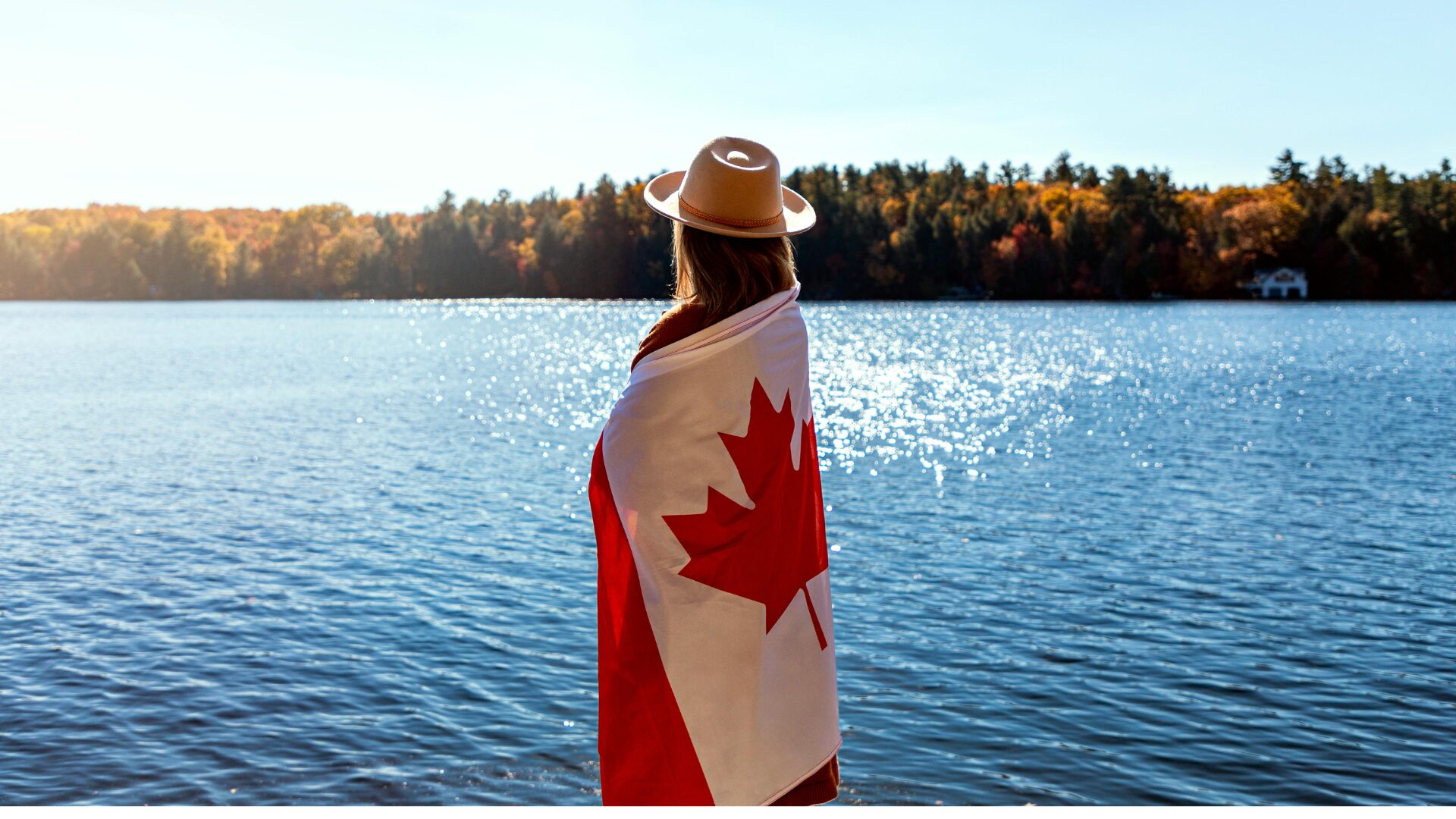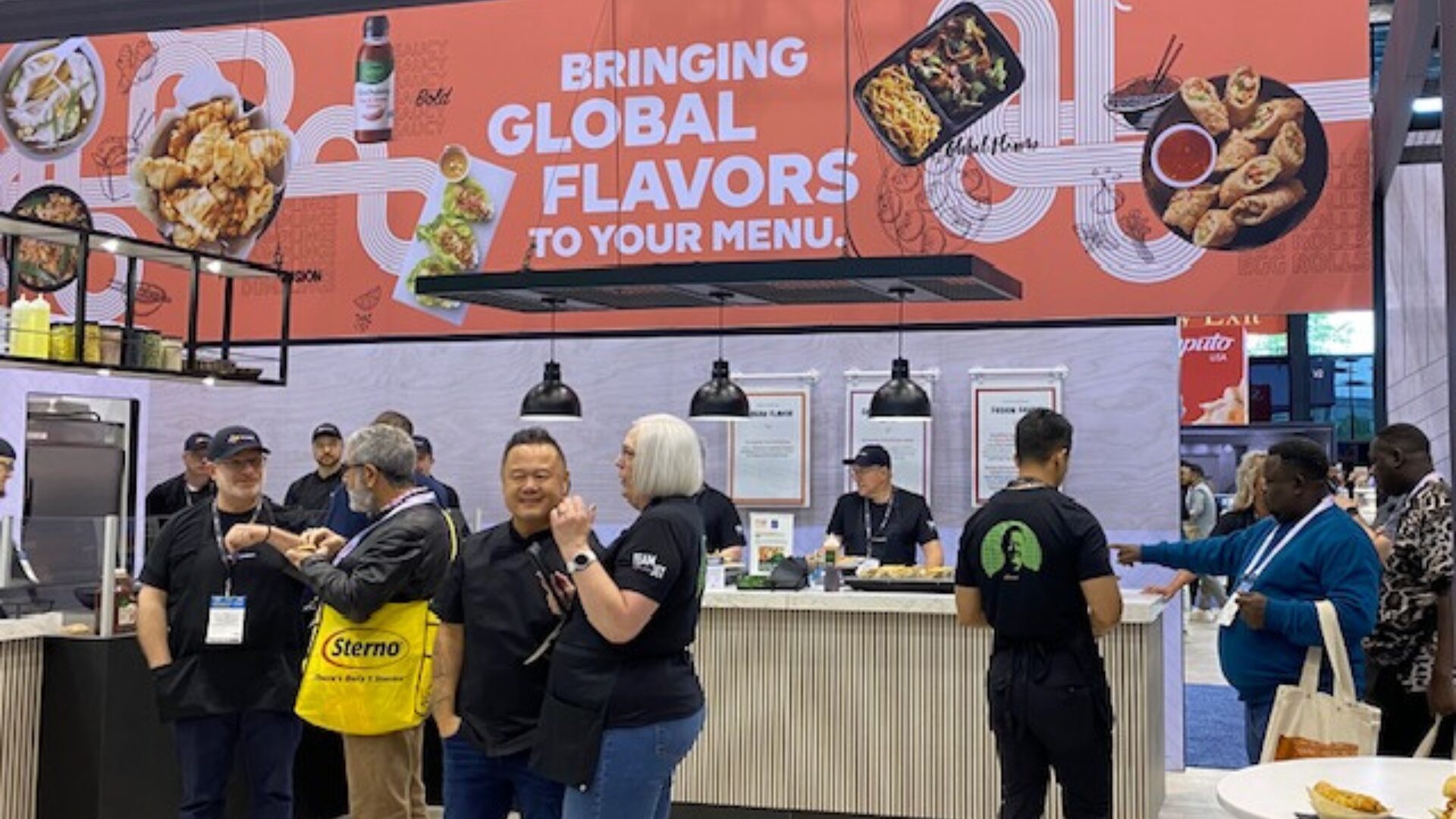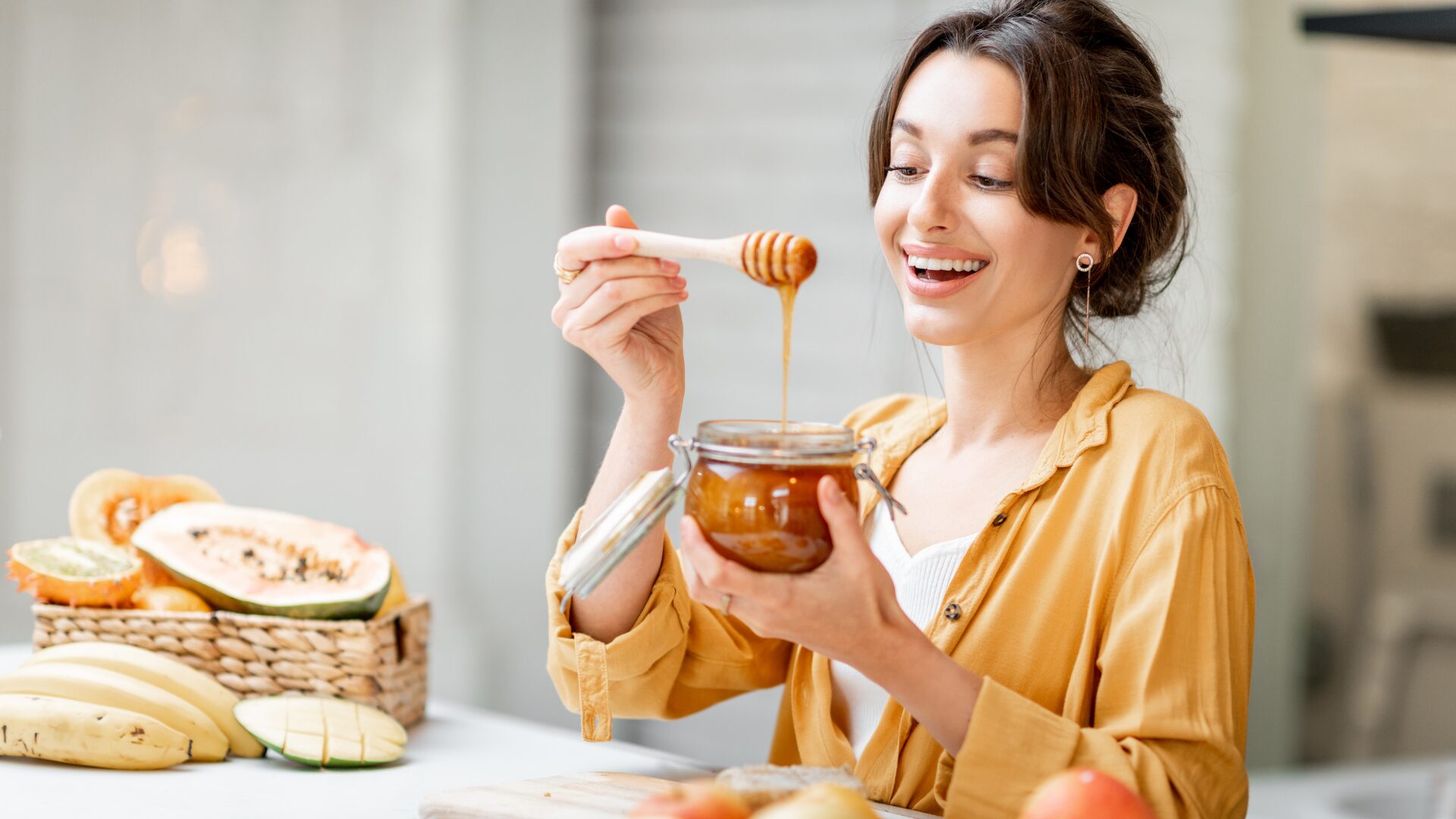Less people are participating in Dry January this year, but data suggests that’s because drinking less alcohol is now on-trend year round.
Dry January participation has dipped 4 percentage points, from 19% in 2022 to 15% this year, according to Morning Consult’s annual report. But last year was a record-breaking one for the Dry January movement, driven by increased participation among millennials.
Meanwhile, this year’s data indicates that some of those millennials who took a break from drinking last January never started back up. The share of millennials who said they drink alcohol declined from 69% in December 2021 to 62% a year later.
A DRIER GENERATION
“During the pandemic and its lockdowns, people had the time and priority to focus on their health and wellness in all aspects of their lives, including their relationship with alcohol,” Sarah Segal, CEO at DAVIDsTEA told The Food Institute.
“We’ve actually seen data that highlights how consumers are changing their diets and lifestyles to improve their immunity and overall health; especially younger generations,” said Segal.
More than 75% of Americans say they’ve given up alcohol for at least a month in the past, according to a recent Veylinx report. Nearly half (46%) of drinkers are currently trying to reduce their consumption, and 52% of them are opting for non-alcoholic beverages instead.
The same report found that younger consumers are the most interested in non-alcoholic alternatives. Demand for non-alcoholic canned cocktails is 48% higher among the 21-35 age range than among those over 35.
Physical and mental health were cited as the main reasons for drinking less.
THE MODERATION MOVEMENT
“As consumers continue to focus on health, the food and beverage industry needs to mold itself to this generation’s perspective,” Segal said.
At DAVIDsTEA, Segal and her team are catering to the sober curious with a new collection of mocktail teas. “A great example of this is Gin & Tonic, which took us years to perfect,” she explained. “Through multiple rounds of development and fine-tuning, we successfully recreated this classic cocktail’s flavor by blending lemon, coriander, juniper berries and green tea.”
Ultimately, although participation in Dry January is down, drinking in moderation is as popular as ever. The right time for a dry spell may be different for everyone, but 22% of drinkers plan to take a month-long break at some point in 2023, according to Morning Consult.
That’s why Segal says “it’s critical for brands to provide choice.” The way to win is by offering something for everyone, whether on a break from alcohol or not.
“It’s important to recognize that this overall lifestyle shift is not just a trend, it’s truly a change in mentality and it’s here to stay,” Segal said.












